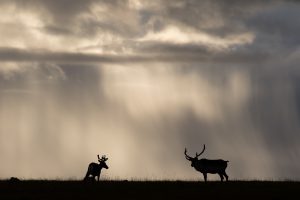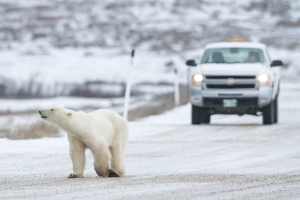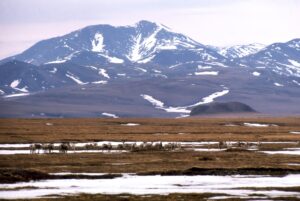Are you talented with your talons? If you’re a bird that answered yes to this question, you probably share a common ancient ancestor.
A study of more than 1,000 species found that all birds — from parrots to raptors — that use their feet for tasks other than perching are part of a large-brained clade of birds known as core land birds or Telluraves (a clade is a large group of species that all trace back to a common ancestor).
The study from the University of Alberta, published in the journal Communications Biology, relied on thousands of pictures and videos shared by birders on the internet.
Some 60 million years ago, the clade’s common ancestor, likely a predator, moved from the forest floor to the trees. The early bird had long back toes that would have worked almost like a thumb for clasping and toe tendons to perch.
The family tree diverged repeatedly through the generations as birds adapted to their diet or surroundings. Birds specialized their footwork for tasks such as holding prey or cracking nuts.
Today, parrots are the most dexterous, followed by raptors. Most songbirds, in contrast, have limited grasping ability or none at all.
Cristian Gutiérrez-Ibáñez, a University of Alberta neurobiologist and the study’s lead author, noted that while it is unclear exactly why each adaptation occurred, various evolutionary pressures, including changes in habitat and diet, were likely at play.
A better understanding of birds’ dexterity may help scientists better understand the evolution of bird brains.







